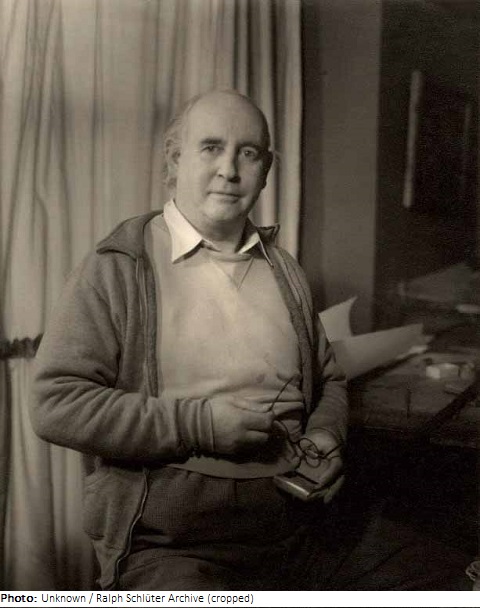Edward Ardizzone

Biographical information
| Roles | Competed in Olympic Games (non-medal events) |
|---|---|
| Sex | Male |
| Full name | Edward Jeffrey Irving•Ardizzone |
| Used name | Edward•Ardizzone |
| Born | 16 October 1900 in Hải Phòng, Hải Phòng (VIE) |
| Died | 8 November 1979 (aged 79 years 23 days) in Rodmersham Green, Rodmersham, England (GBR) |
| NOC |  Great Britain Great Britain |
Biography
Edward Ardizzone was born in Vietnam as the son of an Italian-born Algerian Frenchman. From 1905 he grew up at his grandmother’s in Suffolk together with his sisters, and became an English citizen in 1922. 1919-26 he worked as an office clerk and additionally attended evening classes at the Westminster School of Art. In 1927 he decided to work as a full-time artist.
Ardizzone initially produced illustrations for books and magazines, but soon began exhibiting paintings and watercolors. These mostly depicted scenes from life in London’s pubs and parks. His style was mutedly naturalistic, with soft lines and delicate watercolors and a love of peculiar details. In the 1930s, Ardizzone both wrote and illustrated the first of his many Tintin books for his children, featuring the maritime adventures of his young hero. In addition to his own, he illustrated numerous books by other authors, including classics of children’s and young adults’ literature.
In 1939 he was drafted for the 54th Regiment of the Royal Artillery. The following year he became an official war painter, working first in France and London. From 1942 he accompanied the British troops to North Africa, Italy, Normandy and later to Germany.
After WW2 he became a teacher at Camberwell School of Art and Crafts and a member of the Society of Industrial Artists. On behalf of UNESCO, he trained students in India in the art of silk screen printing. In 1953 he returned to London and became a lecturer in etching at the Royal College of Art. He painted a portrait of Sir Winston Churchill, which was presented to him on the occasion of his retirement.
Ardizzone was awarded the Carnegie Medal of the British Library Association and the Hans Christian Andersen Medalfor his children’s books, amongst others. In 1966, he moved to Rodmersham Green in Kent. In 1970 he was elected a member of the Royal Academy of Arts and a year later was made a Commander of the Order of the British Empire. He eventually died of a heart attack at his home.
Ardizzone took up the motif of cyclists several times. The litho print The Cyclists (18 x 26 cm) from 1935 shows four plump female cyclists in shorts talking, with a little boy and a tree to the left.
Results
| Games | Discipline (Sport) / Event | NOC / Team | Pos | Medal | As | |
|---|---|---|---|---|---|---|
| 1952 Summer Olympics | Art Competitions |  GBR GBR |
Edward Ardizzone | |||
| Painting, Open (Olympic (non-medal)) |